15 Reasons Why Your Dog May Be Panting And Pacing – CanineJournal.com

Panting and pacing are non-specific symptoms that may indicate several different medical or behavioral issues with your dog. Unfortunately, your pup cannot tell you what’s going on beyond the signs you’re already noticing. Deciphering those signs to determine what they mean will likely involve a trip to your veterinarian.
Observing your dog closely for any additional symptoms and noting when and how often the panting and pacing occur will help your veterinarian more accurately diagnose what’s wrong with your dog. Your veterinarian may recommend lab work or x-rays to rule out medical causes. Once any medical causes are ruled out, your veterinarian may then discuss possible behavioral causes and how to treat them. The following are 15 reasons why your dog may be panting and pacing.
Pain

To rule out pain as the cause of your dogʻs panting and pacing, your veterinarian will perform a physical exam and consider other factors such as your dogʻs age, breed, and any history of possible injury or over-exertion.
Older dogs, like older humans, can develop arthritis. Other common areas of pain in dogs are the abdomen, spinal, and cervical regions. Dogs may also be in pain from dental disease, ear infection, or as a result of recent surgery.
X-rays, lab work, and sometimes more intensive diagnostics such as an ultrasound, CT scan, or MRI may be needed to identify what’s causing your dogʻs pain. Your veterinarian may recommend various treatments, including medications, acupuncture, or possibly surgery, depending on where and why your dog is in pain.
Separation Anxiety
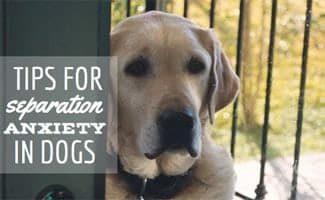
Since it’s not always possible to take your dog everywhere you go, separation anxiety can be a difficult behavior to manage. In addition to panting and pacing, dogs who suffer from separation anxiety may vocalize excessively, exhibit destructive behaviors, or have accidents in the house.
Your veterinarian will rule out any medical causes for your dogʻs behavior before diagnosing separation anxiety. There are many options for treating separation anxiety, including medications, behavioral modifications, and environmental changes. In severe cases, your veterinarian may refer you and your dog to a veterinary behavior specialist.
Storm Phobia

Some dogs will grow anxious before the first rumble reaches their owners’ ears, not only because of their superior hearing but also because storm-phobic dogs react to thunder and other signs of approaching storms such as darkening skies, lightning, and barometric changes.
Your veterinarian can help you make a plan to manage your dogʻs storm phobia. Common management methods during a storm include distracting your dog with toys or treats, closing curtains, using a white noise machine, and giving prescribed anti-anxiety medications.
Cushing’s Disease
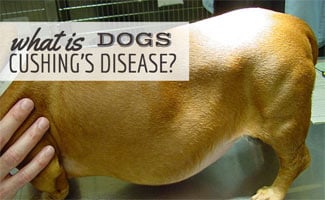
In addition to panting, other signs of Cushingʻs disease include excess drinking and urinating, weight gain, hair loss, and behavioral changes. Your dog may pant and pace due to discomfort caused by these clinical signs. Increased water consumption may also contribute to these signs, as your dog will need to go outside to urinate more often than usual and may become anxious as a result.
Your veterinarian will diagnose Cushingʻs disease by performing specialized lab tests and possibly diagnostic imaging such as an ultrasound or CT scan. Cushingʻs disease is usually controlled with medication or sometimes radiation and surgery if a pituitary tumor is involved.
Cognitive Dysfunction
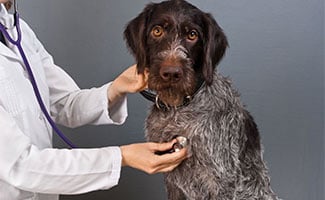
Your veterinarian may recommend diagnostics such as an MRI to rule out other neurologic conditions before confirming your dog’s signs are due to cognitive dysfunction. While cognitive dysfunction cannot be cured, your veterinarian can help you manage the condition by suggesting dietary changes, supplements, medications, or environmental enrichment which may help.
Vision Loss
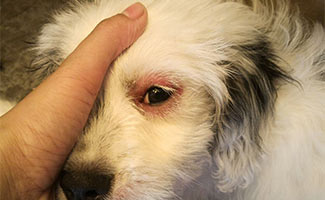
If your dog is displaying signs of anxiety by panting and pacing when the lights go out, consider decreased vision as a possible cause. Dogs are very good at memorizing where familiar objects are located, but if your dogʻs night vision is failing, you may notice him bumping into newly displaced furniture or tripping over toys left on the floor. You may also observe your dog avoiding going up or down stairs in the dark.
Your veterinarian will examine your dog’s eyes to see if a treatable ophthalmic condition is causing the issue. If not, your veterinarian can suggest ways to help your dog adapt to vision loss.
Medication Side Effects
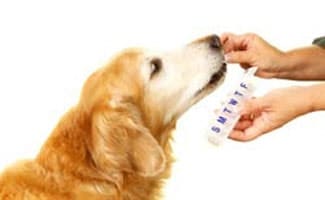
Glucocorticoids such as prednisone are one such medication. Just like humans, different dogs react differently to certain medications. If your dog was given sedatives or opioid pain medication for a surgical or medical procedure, they might pant and pace as they metabolize those drugs. It’s also possible for your dog to have an adverse reaction to medication even if it’s prescribed and administered correctly.
Contact your veterinarian if you notice your dog behaving abnormally, including panting and pacing, after giving them any medication, including flea and tick or heartworm preventatives.
Heat Stroke
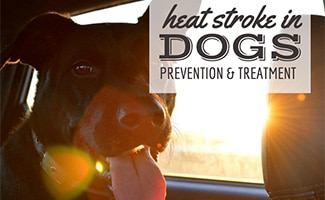
Dangerous heat stroke occurs when the dogʻs body temperature exceeds 105°F. This can happen when a dog is left in a vehicle, exercised in hot weather, or left out in hot weather without adequate shade. Extra caution should be taken with short-nosed or brachycephalic breeds such as Bulldogs and Pugs, who are predisposed to overheating because they cannot pant and cool themselves effectively. Additionally, dogs with certain health conditions, such as heart disease or obesity, can be more sensitive to the heat.
If you suspect your dog is suffering from heat stroke, begin cooling measures such as directing a fan at them and placing cool, wet compresses in key locations such as the groin and axial regions (rib cage and spine). Get your dog to a veterinarian as soon as possible for treatment.
Obesity
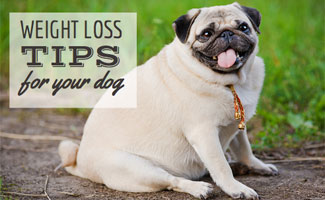
Extra layers of fat can make it harder for your dog to breathe, contributing to excessive panting. Obesity also increases the strain on your dogʻs joints, which could cause discomfort and explain why your dog is pacing and has a hard time getting comfortable.
Your veterinarian can perform lab work to rule out any underlying medical conditions and help you develop a weight loss plan for your dog.
Gastrointestinal Distress

If your dog is showing signs of GI illness such as vomiting, diarrhea, or not eating, in addition to the panting and pacing, see a veterinarian as soon as possible. GI issues are not only uncomfortable and often messy but can quickly lead to more severe concerns such as dehydration and lab work abnormalities if left untreated.
Heart Disease
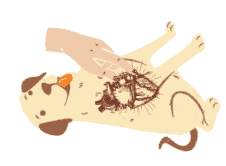
To diagnose heart disease, your veterinarian will likely recommend tests that may include an EKG, blood pressure check, x-rays, or an echocardiogram. If one is available, your veterinarian may also refer your dog to a veterinary cardiologist. Treatment of heart disease will depend on your dog’s specific heart condition
Neurological Disease
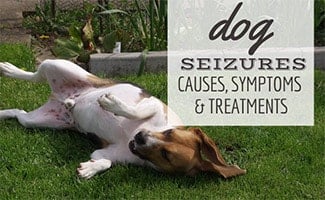
Treatment of your dog’s neurological disease depends on what’s causing it. Medications are typically used to treat encephalitis, while surgery or radiation therapy may be recommended for a brain tumor.
Respiratory Disease

All dogs can suffer from infectious respiratory diseases such as kennel cough. Flat-nosed breeds such as French Bulldogs and Pugs are prone to a condition called brachycephalic airway disease.
Your veterinarian may recommend diagnostics such as radiographs or even refer you to a specialist to diagnose and treat your dog’s respiratory disease.
Toxicity
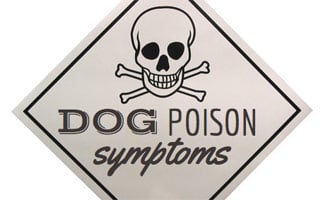
For example, chocolate and caffeine contain a toxic substance to dogs that causes these and more dangerous symptoms such as increased heart rate and seizures. Ingesting Adderall or other drugs containing amphetamines can also cause your dog to become agitated, panting, and pacing.
If you’re concerned your dog may have ingested something toxic, see a veterinarian as soon as possible. Treatment will depend on what your dog ingested.
Find A Vet You Like And Trust
Determining the cause of your dog’s symptoms, especially ones as ambiguous as panting and pacing, can be a long and involved process. Finding a veterinarian you trust is a key step. At the end of the day, you know your dog best, and your veterinarian will take your observations and reports into consideration when determining a diagnosis. Panting and pacing are your dog’s way of telling you something is wrong, and it’s up to you to help find a solution for your canine best friend.
What do you think is the cause of your dog’s panting and pacing?




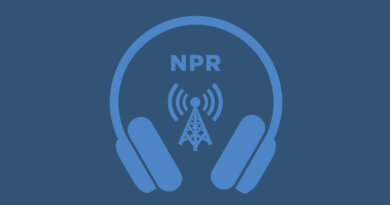
buy prescription drugs online – https://cheapdr.top/#
malta permanent residence fake
online pharmacy worldwide shipping
zithromax 250 mg pill https://azithromycin.bar/ can i buy zithromax over the counter in canada